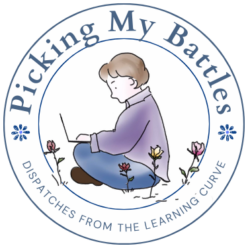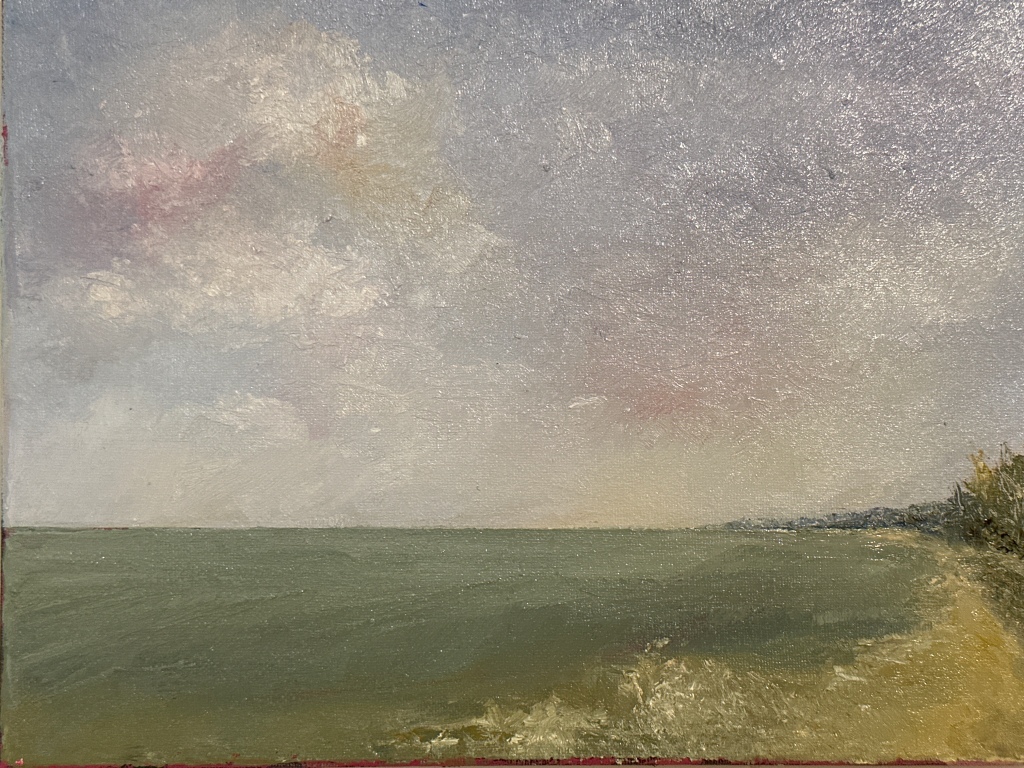
Saturday morning I came across a Facebook post by a musician friend describing the “unifying breath” taken by a choir or orchestra before they begin to make something beautiful that brings them and their listeners together. It was still in my head later in the morning as Thing2 and I were driving to Home Depot and talking about his college plans.
Thing2 plays guitar for several hours each day. He’s been playing with that intensity for a few years now, and that intensity seems to be leading him to audition for one music program or another.
Thing2 has other interests — often a sounding board for friends, he has thought about going into mental health counseling or psychiatry – but, as we talked, I sensed that something other than passion for the subject was driving this recent career exploration.
Thing2 also has an older brother who found a more traditional field (computer science) and is now earning more money than both his parents put together. Thing1 loves his new life, but he also loves the work of problem-solving. He has found his passion.
“I like the idea of helping people,” Thing2 said.
I reminded him that when musicians bring people together to enjoy music, they are creating moment of communal peace that no other art or craft can achieve. Painters can’t do it. Writers don’t do it. Doctors and teachers don’t do it. Yet, even in our small town, a kids’ concert or an impromptu band can bring together people with wildly different experiences and viewpoints for the sole purpose of enjoying music together.
“I know,” he said. He started to say something and then was silent for a bit. We talked about music education and music therapy as career paths. Then he said, “When I listen to my favorite musician, I think about being able to make something that so many people will enjoy, but…”
We walked through the lumber aisle, and he said again how great it would be to have people responding to his music the way he responds to others. I reminded him of one cousin who is making their life in music and another is making his career in music and music production.
“I’m just afraid,” he said. “What if I put all my energy into a dream that is really unlikely and then find I’m in my thirties wishing I had done something else?”
“Creativity takes courage,” I blurted out, knowing that, in recent weeks, I had been ignoring the words of Henri Matisse, retreating to realism out of fear that people who have bought my art in the past won’t like my abstract work. I knew my response was trite.
I could have told Thing2 about coworkers who started with creative careers that took them in unpredictable directions and different fields where their creative natures and backgrounds were integral to the successes.
At that moment, however, I wanted more than anything for him to to understand, at the age of 17, the big and improbable dreams are just as important as the practical ones. He needed to understand the value of his art in his life and the difference it could make in others’. He needed, especially as adult life gets closer, to be willing to take that leap of faith in himself.
We were still talking as we sat in the drive thru waiting for a coffee order.
“I won’t give up on abstract if you don’t give up on your music,” I said.
“Okay,” he said as he extracted a promise to have first pick on paintings he likes.
We shook on it, and I gave him a music writing assignment inspired by my painting teacher.
Our new bargain is way more better deal that others I’ve made with them over the last few months (a Faustian bargain to give up my favorite diet soda, for example). It’s also the most important deal I’ve ever made with him.
It reminded me of the first rule of teaching, which is that we teach what we model, sometimes, without even knowing it. And now at this crucial time in this wonderful kids life, it’s more important than ever that I start to practice what he needs me to teach.






